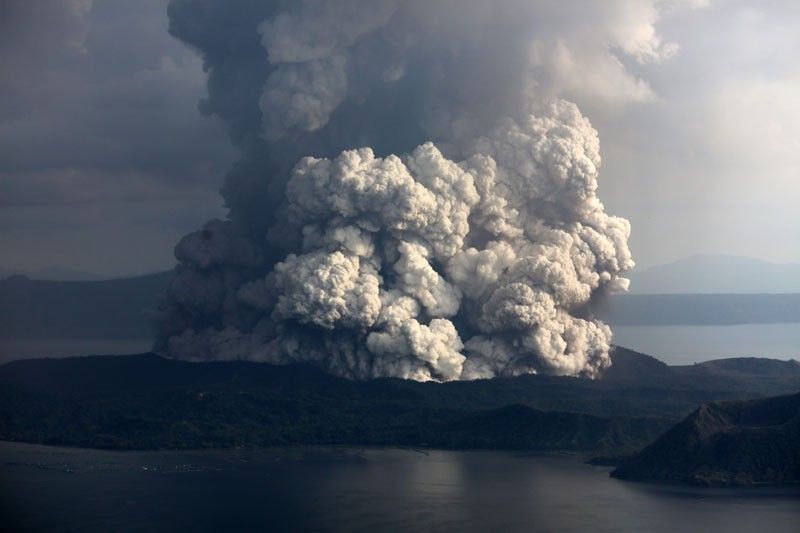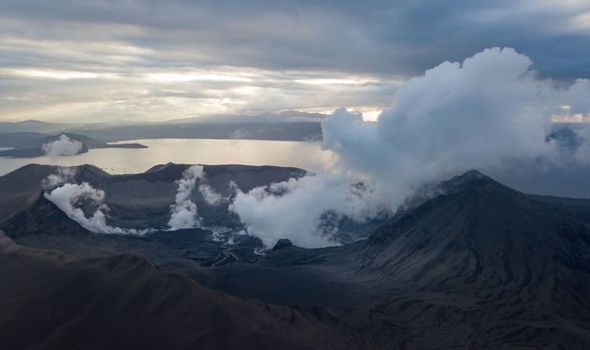No Sulfur Dioxide Detected but Low-intensity Quakes Continues in Taal
Philippine Institute of Volcanology and Seismology (PHILVOCS) said that there had been no more sulfur dioxide detected released by the Taal Volcano.

The phreatic eruption of Taal Volcano leaves nearby provinces coated with heavy ashfall. Local governments immediately order residents to evacuate and put the affected cites on total lockdown.
After the devastating eruption of the smallest volcano in the Philippines, Taal Volcano PHILVOCS monitored it to be imminent to be at rest. According to the report, there had been no more detection of sulfur dioxide.
“Sulfur dioxide emission was below instrumental detection,” PHIVOLCS said in a bulletin released at 8 a.m.
Meanwhile, the Taal Volcano Network recorded 92 volcanic earthquakes in the past 24 hours—four of which were low-frequency ones. According to the United States Geological Survey, low-frequency earthquakes are “caused by cracks resonating as magma and gases move toward the surface.”
“They are often seen prior to volcanic eruptions, but their occurrence is also part of the normal background seismicity at some volcanoes and their occurrence does not necessarily indicate that an eruption is imminent,” the USGS said.
The Philippine Seismic Network, on the other hand, plotted three new volcanic earthquakes with no felt event from 5 a.m. on Monday to 5 a.m. on Tuesday. The total number of plotted volcanic earthquakes since Taal Volcano’s unrest on January 12 is now 755.

Alert Level 3 remains over Taal Volcano and PHIVOLCS warns the public that “sudden steam-driven and even weak phreatomagmatic explosions (involving both magma and water), volcanic earthquakes, ashfall, and lethal volcanic gas expulsions can still occur and threaten areas within Taal Volcano Island and nearby lakeshores.”
PHIVOLCS advised that the Taal Volcano Island and communities west of it within a seven-kilometer radius from the main crater should remain off-limits.
What can you say about this article? Just feel free to leave your reactions in the comment section.
For more news and updates, follow us on Twitter:@philnews_ph Facebook:@PhilNews and; YouTube channel Philnews Ph
